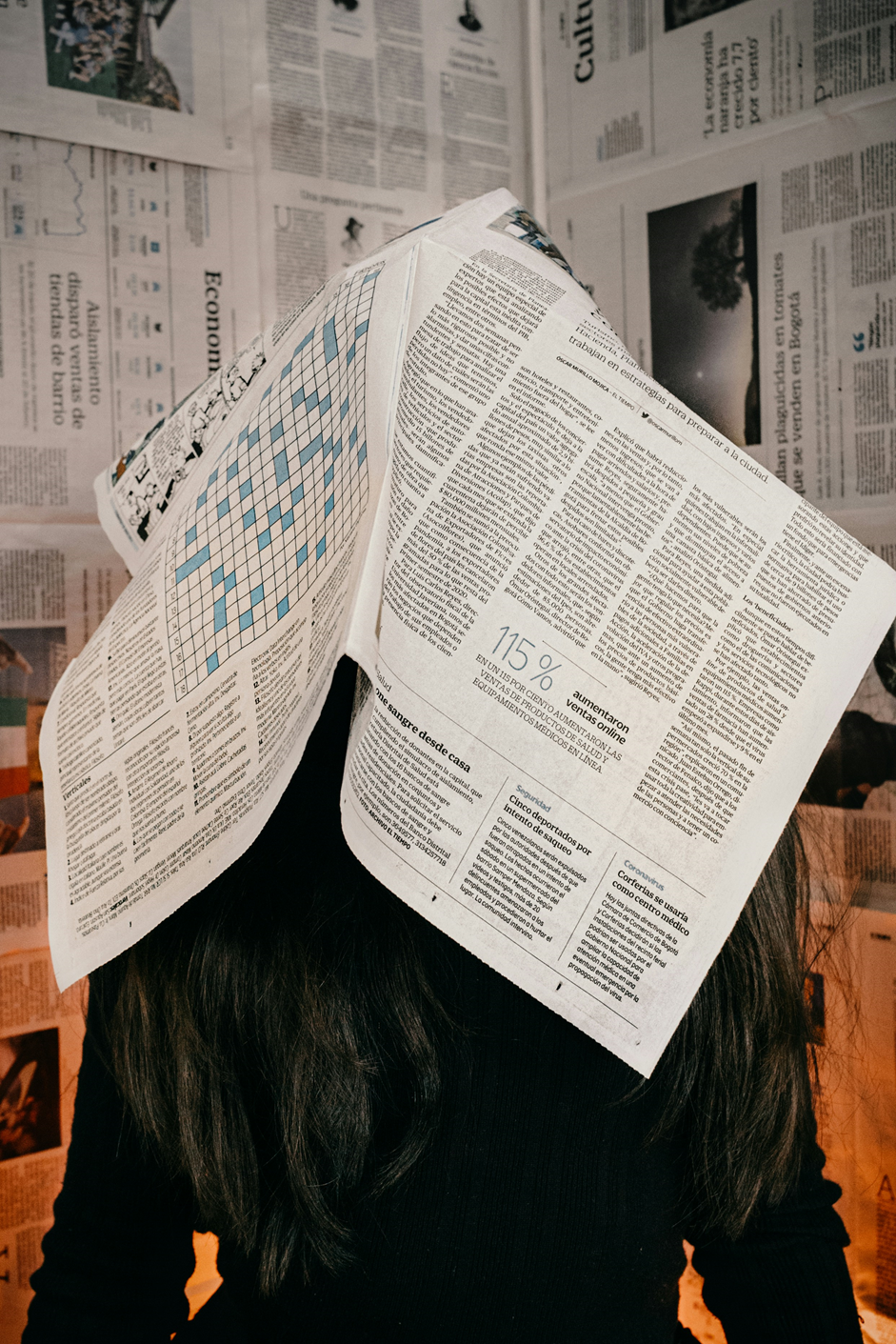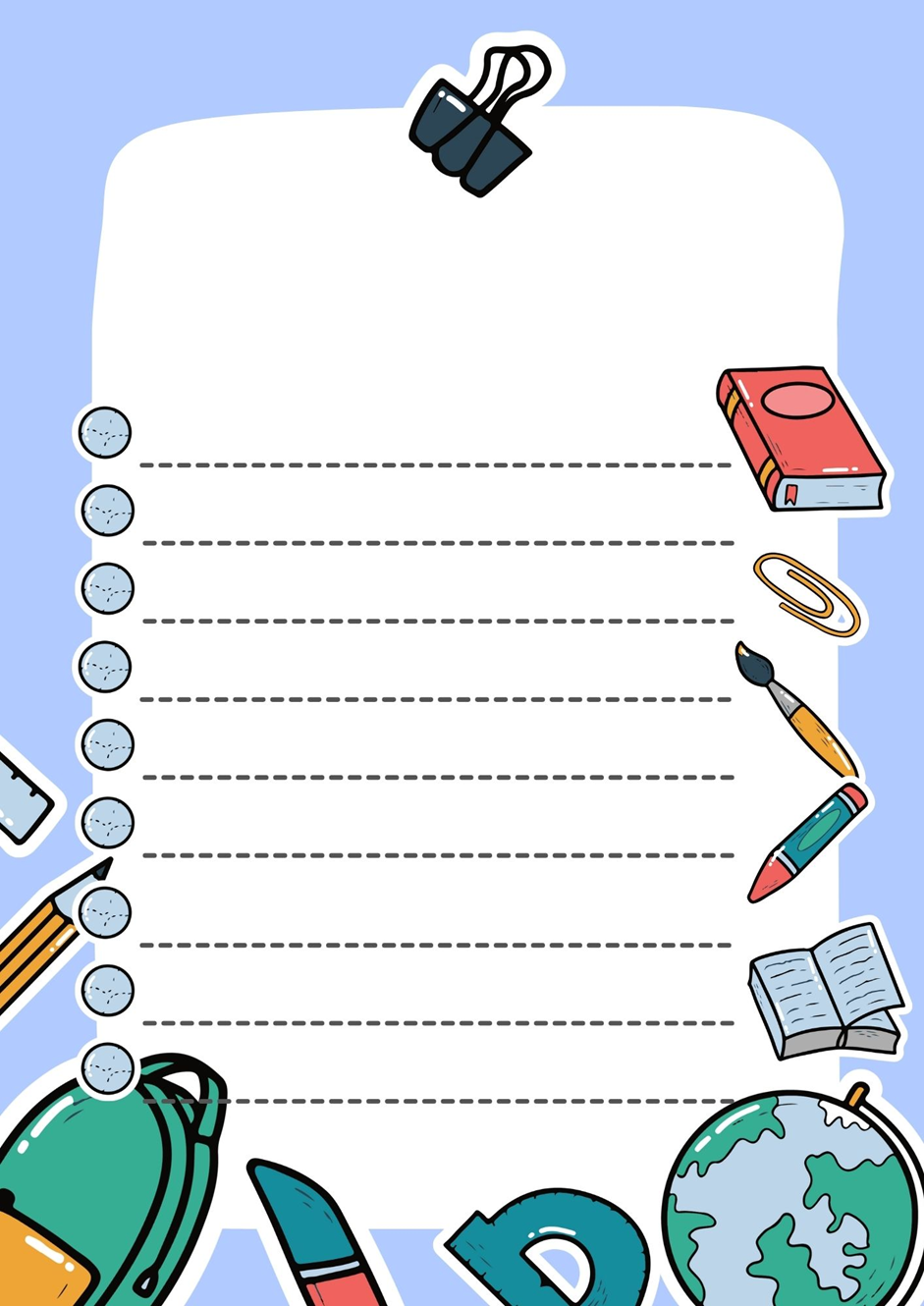The Role of Art and Creativity in Education: Beyond the Curriculum
Art and creativity are essential components of a
well-rounded education, going beyond the traditional curriculum to shape a
student's overall development. By encouraging creativity, students develop
critical thinking skills, emotional intelligence, and the ability to approach
problems from different angles. Art encourages self-expression, helping
students communicate their thoughts and emotions in unique ways. In CBSE
schools Pune, the importance of integrating art into the educational
experience is increasingly acknowledged, offering students a platform to
explore their creative potential. This approach not only enhances academic
performance but also nurtures life skills that is important for success in the
modern world. By embracing art, education becomes more than just learning
facts; it becomes a pathway to personal growth and innovation.
What is the Role of Creativity in Education
Below is the role of creativity and art in education.
Art and creativity encourage students to think outside the
box and explore unconventional solutions. By engaging in creative activities,
such as drawing, painting, or sculpting, students learn to approach problems
from different perspectives, which is crucial for academic and real-life
challenges. The ability to think critically and creatively helps students
become adaptable and resourceful individuals, which is important in today’s
fast-paced world.
Fosters Emotional Intelligence and Self-Expression
Art provides a unique outlet for students to express their
feelings, thoughts, and experiences. Whether through visual arts, music, or
drama, creative activities help students explore and understand their emotions,
building emotional intelligence. This self-expression promotes confidence and
helps students better manage stress and anxiety, which is especially important
in the context of mental health and well-being.
Encourages Innovation and Imagination
Creativity is the foundation of innovation. By allowing
students to engage in artistic endeavours, educators foster an environment
where imagination thrives. This ability to create and experiment with new ideas
encourages students to think innovatively, an essential skill in
problem-solving and future career paths. Creativity also teaches students
resilience as they learn to refine their ideas and bounce back from failures.
Promotes Collaboration and Communication
Incorporating art into education often involves group
activities, such as collaborative projects or performances. These experiences
promote teamwork, communication, and social skills as students work together to
achieve a common goal. Through art, students learn how to listen, share ideas,
and respect diverse viewpoints, all of which contribute to their personal and
professional growth.
Develops a Well-Rounded Personality
Beyond academic subjects, creativity and art contribute to
the holistic development of students. Engaging in creative practices helps
develop a wide range of skills, from fine motor skills in younger children to
abstract thinking in older students. These experiences prepare students to be
well-rounded individuals who are not just knowledgeable but also emotionally
intelligent, creative, and capable of contributing to society in meaningful
ways.
Conclusion
The role of art and
creativity in education extends far beyond the traditional curriculum, offering
students valuable opportunities for personal growth, critical thinking, and
emotional development. By nurturing creativity, students can enhance their problem-solving
abilities, build emotional intelligence, and develop innovative skills that are
crucial for future success. Educational institutions that recognize the
importance of creativity, such as the HDFC School,
provide a well-rounded learning experience that fosters both academic and
personal development. By integrating art and creativity into the educational
framework, schools prepare students to thrive in an ever-evolving world. The
focus on holistic development ensures that students are not only academically
capable but also creative, confident, and ready to face the challenges of
tomorrow.
Original content:- The Role of Art and Creativity in Education: Beyond the Curriculum













Comments
Post a Comment